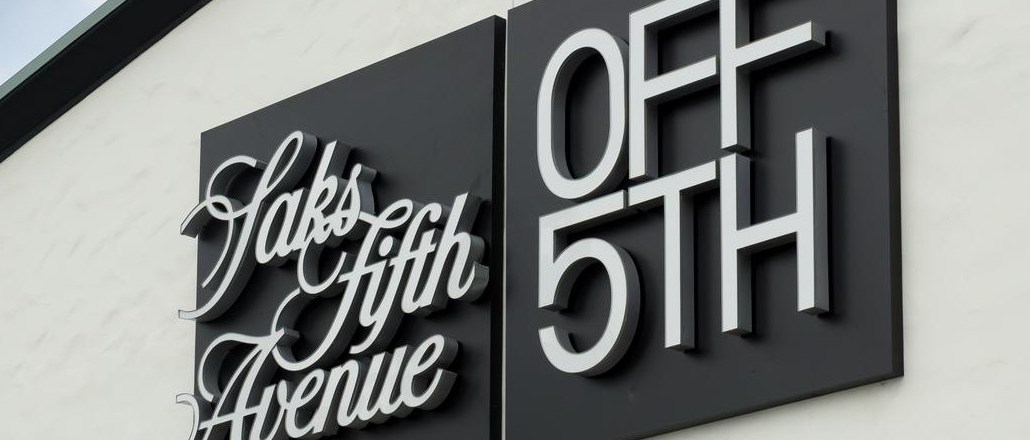
Saks is using its discount retailer, Saks Off 5th, to catch-up to Nordstrom — and taking a page from its rival to do so.
Saks’ parent Hudson’s Bay Company bought Gilt Groupe for $250 million, and announced last week that it would integrate Gilt’s infrastructure and data set with Saks Off 5th. Gilt has 9 million users and reportedly completes 50 percent of its transactions via mobile, and the hope is that the integration will improve Saks’ mobile and personalization approach.
The steps that Saks is following resemble those Nordstrom Rack has already taken. Here’s what the two have in common.
Off-price retail is growing faster than any other channel
The retailers’ revenue growth is driven by digital sales and their discount versions, Saks Off 5th and Nordstrom Rack. In the third quarter of 2015, Saks’ digital sales grew by 36 percent year over year. Saks Off 5th same-store sales grew 2.8 percent, while Saks’ regular same-store sales decreased by 3.6 percent. In the same period, 1-year-old Nordstromrack.com grew sales 39 percent and Nordstrom Rack’s net sales increased 12 percent, while regular in-store sales increased by 8.4 percent.
“A large issue for these established, big retailers is that behavior has changed — people don’t just go into a department store only to find that there’s nothing they like,” said Anthony Rodio, executive chairman at Storefront and a former exec at Home Depot and Amazon. “The journey starts online, and they’ll find out how to get it from there.”
Flash-sale sites are used to recruit new shoppers
Gilt’s flash-sales model dried up after the economy bounced back after the recession. Flash sale sites built their business on reselling designers’ excess inventory. Once that excess went away, Gilt and other flash sales became forced to create their own products, like any other retailer. With Saks, Gilt has a new channel for merchandise.
Saks is playing catch-up to Nordstrom in this area, which acquired flash-sale site HauteLook in 2007 and integrated its online cart with Nordstromrack.com’s in 2014.
“The shift to mobile in general makes sense,” said Steven Dennis, a retail consultant at SageBerry Consulting. “For Saks, it’s a matter of buy versus build, and right now, the discount retail space is ripe for growth. It’s a customer grab, and they couldn’t afford to wait to built the infrastructure themselves.”
The digital channel is meant to drive traffic into physical stores
Both Saks Off 5th and Nordstrom Rack locations have opened at an increasing rate. Nordstrom Rack opened 27 stores last year for a total of 194, while Saks Off 5th opened 11, for a total of 91. Each now has more stores than their sibling retailer does.
As Saks Off 5th incorporates Gilt, it’s allowing shoppers to return Off 5th and Gilt purchases in any of its retail stores. Nordstrom Rack has been doing this since 2014, and in that year’s annual report, the company said that 1 million online purchases were returned in a store that year.
This policy is a “Trojan horse” to drive in-store traffic, according to David Randolph, senior vp of retail and e-commerce at 360i. “If you return something, you’re more likely to walk around, shop and buy something else.”
The company plans to host Gilt concept shops in its Off 5th locations.
“We’ve seen with companies like Birchbox that for pure play online retailers, an in-store presence drives growth further,” said Dennis. “Having Gilt shops in Saks is a good move to bring to the table.”
More in Marketing

Zero-click search is changing how small brands show up online — and spend
To appease the AI powers that be, brands are prioritizing things like blogs, brand content and landing pages.

More creators, less money: Creator economy expansion leaves mid-tier creators behind
As brands get pickier and budgets tighten, mid-tier creators are finding fewer deals in the booming influencer economy.

‘Still not a top tier ad platform’: Advertisers on Linda Yaccarino’s departure as CEO of X
Linda Yaccarino — the CEO who was never really in charge.





